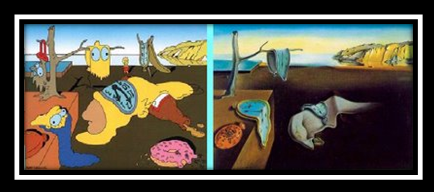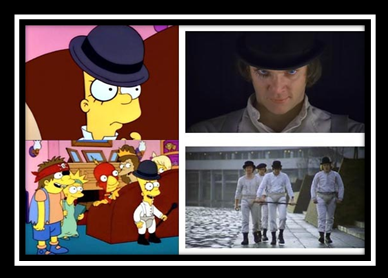Intertextuality Blog Post 9/24/2020
- isabelahincapie4
- Sep 28, 2020
- 1 min read
Intertextuality is the way in which one media text references another or the concept of borrowing from, modifying and recycling other media texts to create a new media text.
The two types of intertextuality are indirect and direct. Indirect intertextuality is when the producer unavoidably going to be inspired by everything they've ever seen before so there are going to be traces of other texts within their own even if they aren't explicit. The second type of intertextuality is direct intertextuality, which is the acknowledgement of what might have inspired the producer and in many cases it might help the audience establish the themes if they are seeing something they've seen something before.
This is an example of direct intertextuality because clearly the Simpsons were trying to recreate the Persistence of Memory which is 1931 painting by an artist named Salvador Dali.
This is direct intertextuality because the Simpsons are recreating the film A Clockwork Orange.
The original picture was a picture of a band called The Beatles and the Simpsons were recreating the picture which is an example of direct intertextuality.






Comments